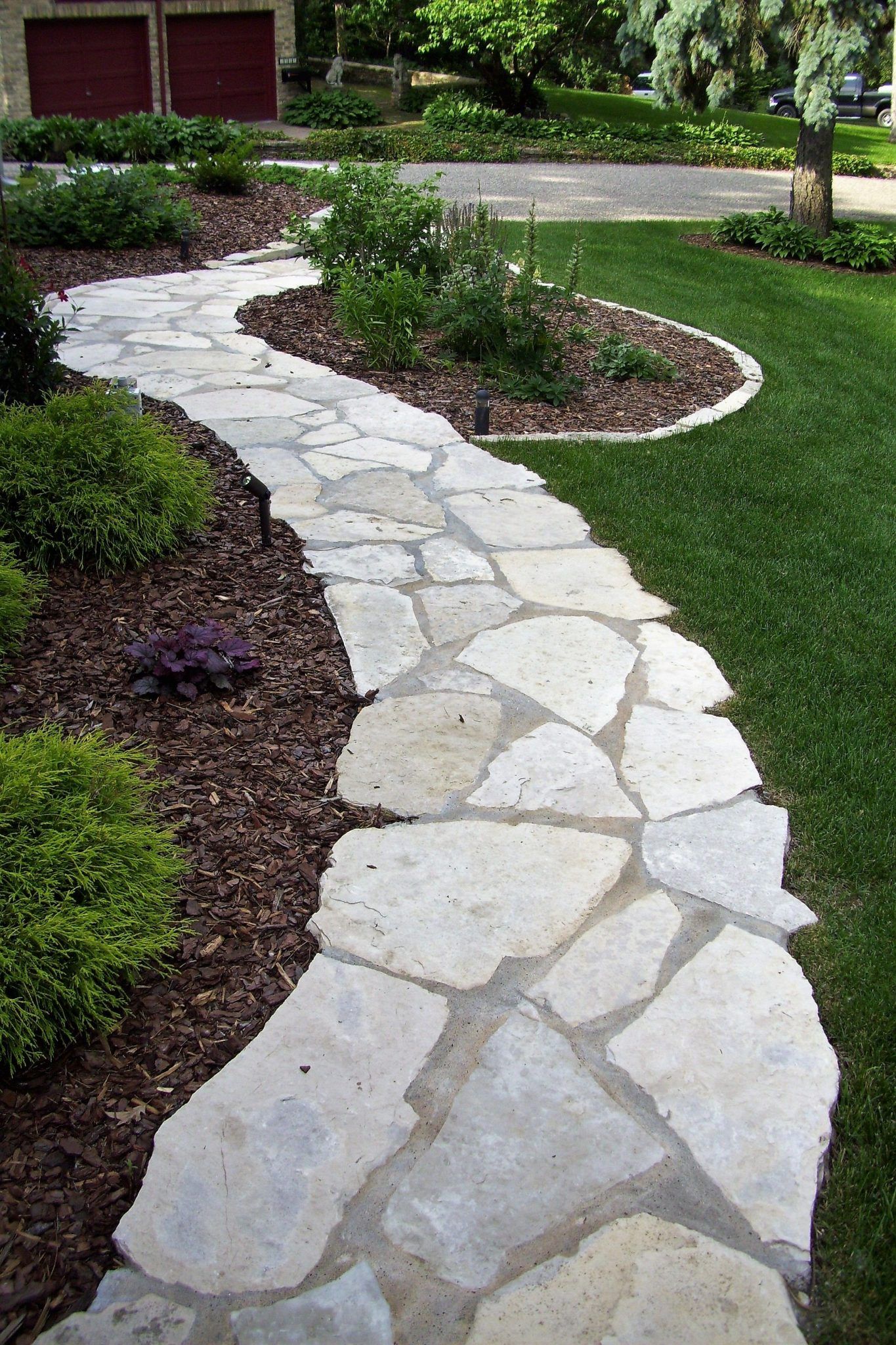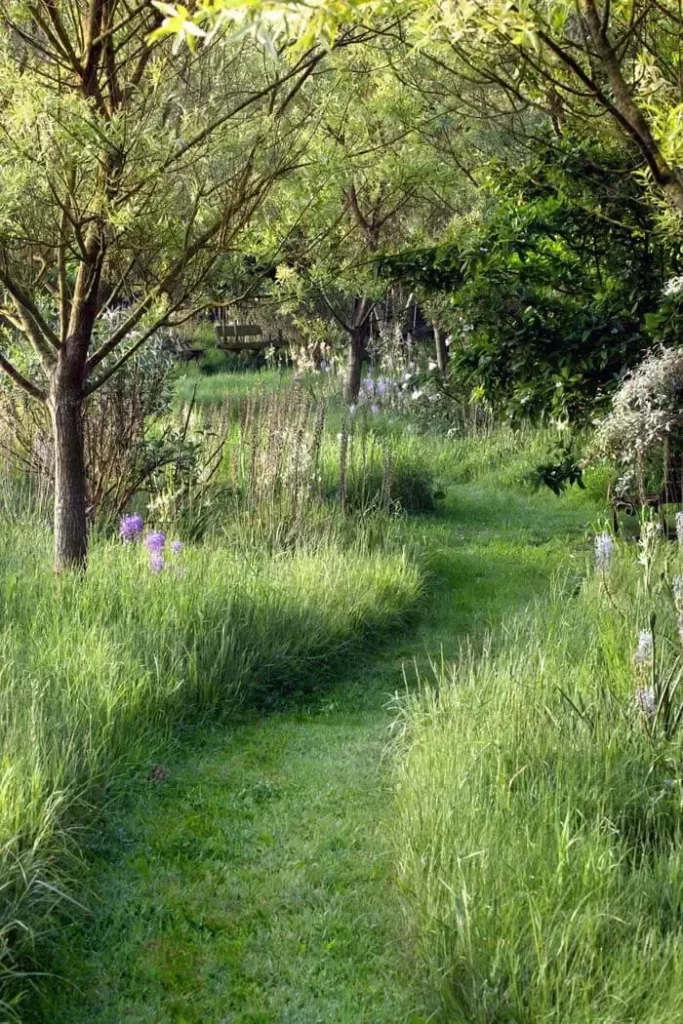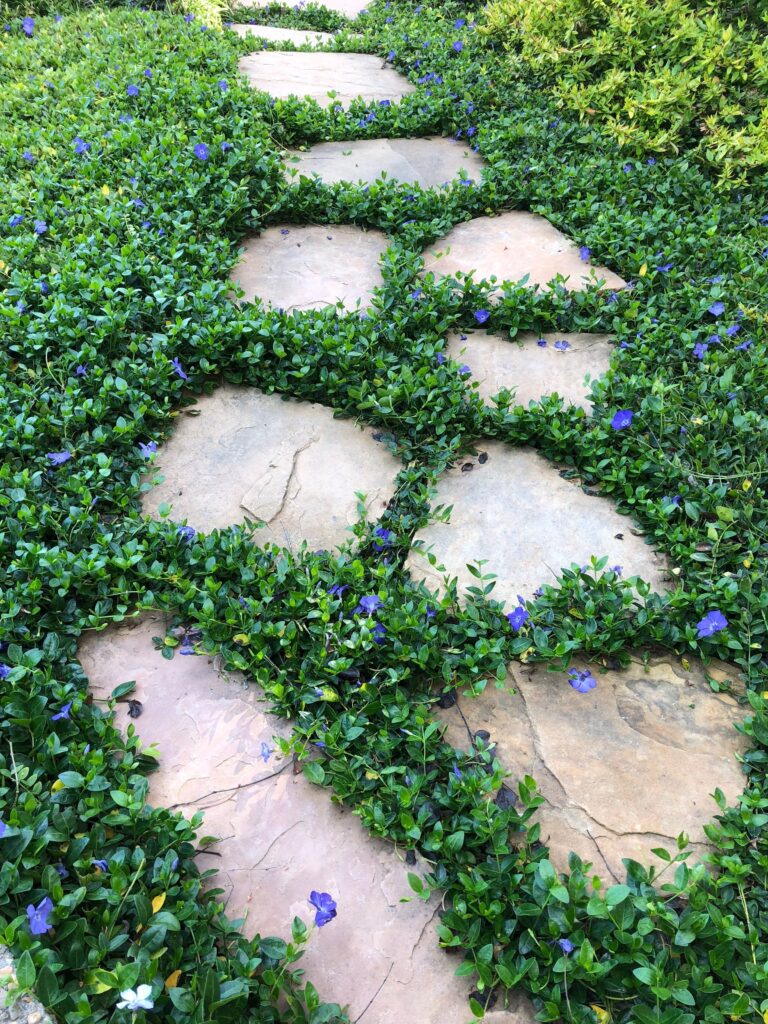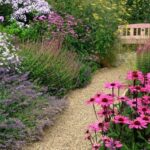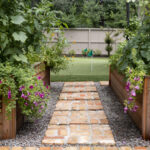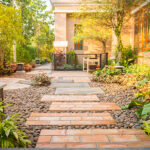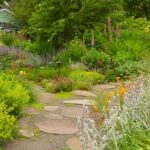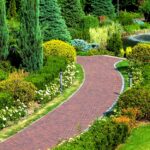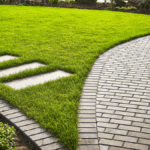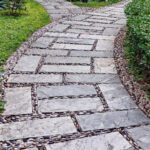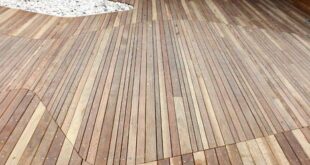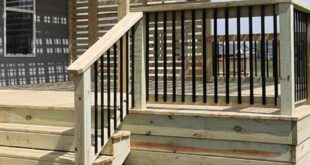When it comes to designing a garden, the pathway is often an essential element that ties the entire space together. A garden pathway not only provides a practical purpose for navigating through the garden but also adds visual interest and structure to the overall design. There are many different materials and styles that can be used to create a garden pathway, allowing homeowners to customize their outdoor space to suit their taste and needs.
One popular material for garden pathways is natural stone, such as flagstone or slate. These types of stones have a rustic, timeless look that complements a variety of garden styles. They are also durable and low-maintenance, making them a practical choice for outdoor pathways. Natural stone can be laid in a variety of patterns, such as a random mosaic or a traditional straight line, adding texture and interest to the garden.
Another option for garden pathways is brick or pavers. These materials come in a wide range of colors and shapes, allowing for endless design possibilities. Brick pathways have a classic, traditional look, while pavers can create a more modern aesthetic. Both materials are durable and easy to maintain, making them a popular choice for garden pathways.
Wood is another material that can be used to create a garden pathway. A wooden pathway adds a warm, natural element to the garden and can work well in a variety of garden styles, from rustic to modern. Wood pathways can be made from a variety of materials, such as cedar, redwood, or pressure-treated pine, and can be laid in a variety of patterns, such as a straight line or herringbone.
For a more budget-friendly option, gravel pathways are a great option. Gravel pathways create a casual and relaxed atmosphere in the garden and can be easily installed by homeowners. Gravel comes in a variety of colors and sizes, allowing for customization to suit the overall design of the garden. Gravel pathways are also easy to maintain, as they only require occasional raking to keep the surface level and even.
No matter what material is chosen, the design of a garden pathway should complement the overall style and theme of the garden. Curved pathways can add a sense of movement and flow to the garden, while straight pathways create a more formal and structured look. Lighting can also be added to garden pathways to create a magical atmosphere at night and improve visibility.
In conclusion, a garden pathway is an essential element of any outdoor space, providing both practicality and beauty. With a wide range of materials and styles to choose from, homeowners can create a pathway that complements their garden and enhances the overall design of their outdoor space. Whether using natural stone, brick, wood, or gravel, a well-designed garden pathway can transform a backyard into a tranquil oasis.
 yishifashion Where Outdoor Dreams Become Reality
yishifashion Where Outdoor Dreams Become Reality
